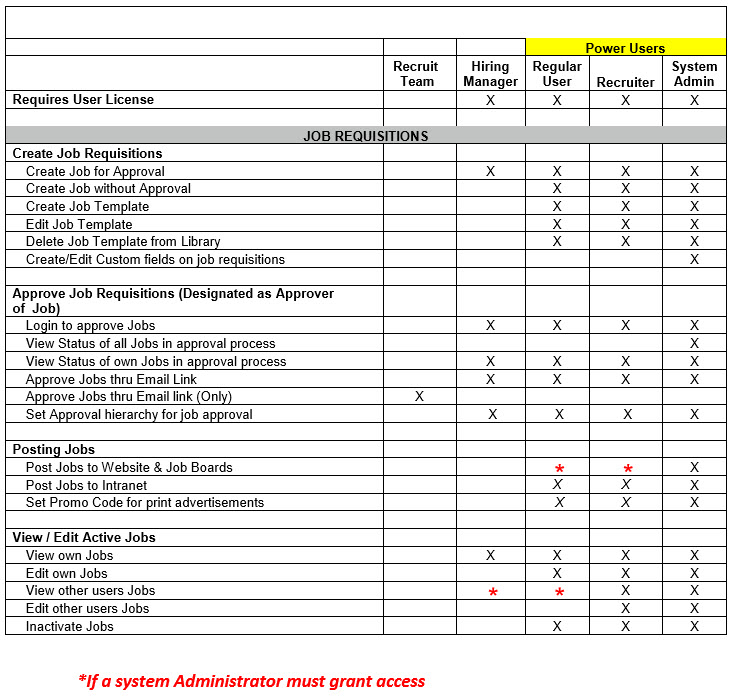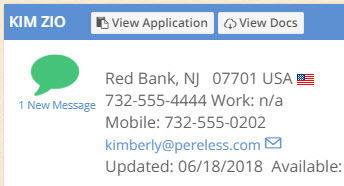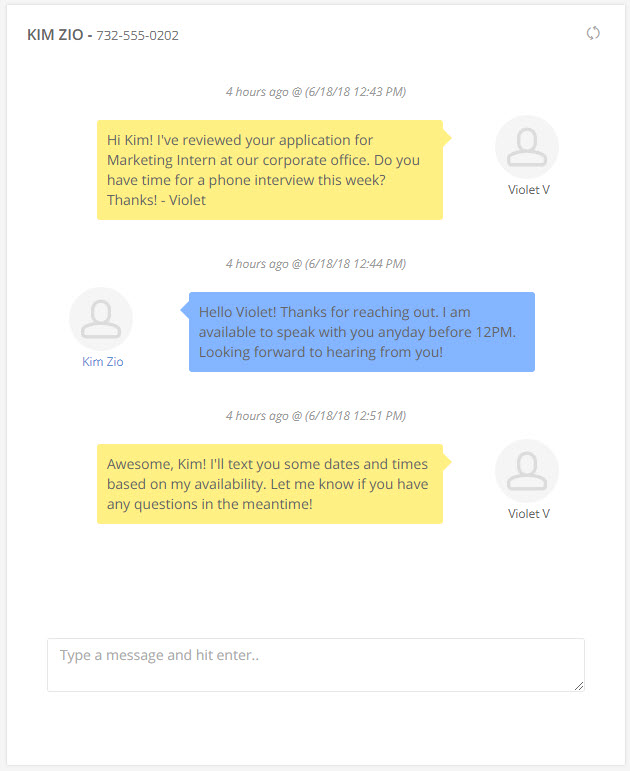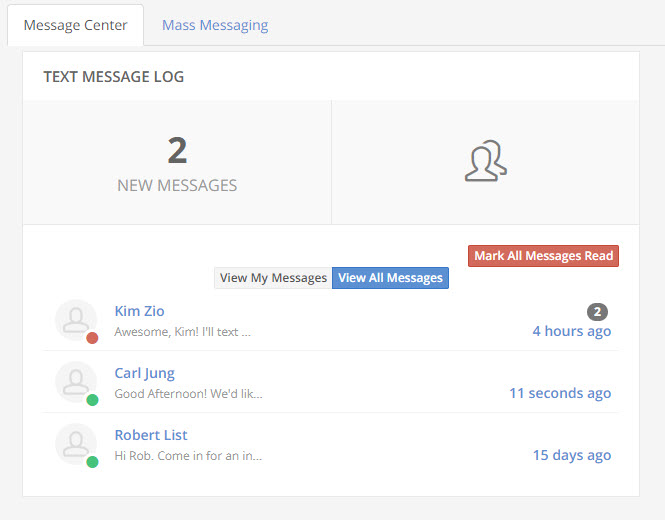The backbone of every company is the manpower behind its development.” – Arthur Pereless – (CEO Pereless Systems)
If you spoke to hiring teams a decade ago, their ability to complete day-to-day tasks would be described as difficult compared to present day. Although the end goal remains the same (find the best talent, hire them, and hope they remain long term), the recruitment processes to reach these goals have drastically changed thanks to technology.
In the early days of recruitment, there were a lot of moving parts. With the absence of recruitment technology, candidates filled out paper applications, recruiters entered their data into Excel sheets, then called or emailed prospects to set up interviews. Third-party applications helped to an extent, however recruiters were forced to use several platforms to complete minor tasks which were often time consuming and costly.
TECHNOLOGY REVOLUTION: EVOLUTION OF APPLICANT TRACKING SYSTEMS
The rise of technology, particularly cloud-based tools, changed the recruiting game forever. Founder and CEO of Pereless Systems applicant tracking software explains,
“The cloud admits access to large distribution networks in real-time. Job boards and search engines, in turn, became powerful tools for reaching proactive (and even passive) candidates.”
With recruiting processes transformed from manual to electronic, management and organizational functions were simplified into one centralized system, and job distribution to the world-wide-web became easy and instant.
Suddenly, the recruiting space was flooded with new recruitment solutions built by software professionals and entrepreneurs. Many failed due to competition, lack of functionality, and inability to keep up with constant technological advancements. But others got the memo: flexibility is key to surviving in a new software market.
NEW CHALLENGES
As technology evolves, so MUST every tech company. This presents new challenges to keep up with advancements while competing to remain relevant and innovative. Certain functionalities that didn’t exist within ATS platforms became immediate demands as the world advanced.
Mobile Optimized – Any ATS vendor selling a system without a mobile-optimized career page, application, and internal texting functionality, might as well quit while they’re behind. This applicant tracking software includes it as standard.
Social media integration – The ability to connect an ATS to social media accounts is crucial for candidate traffic and flow. This is a standard functionality included with this ATS.
Artificial Intelligence (AI) – The most recent technological advances sweeping recruitment software today, artificial intelligence is set to be the next best “smart” tool to find the best talent. (P.S. we just launched our “Intelli-match” AI tool that finds candidates best suited for particular jobs). 3 months free trial if you are a new client 😊
NEW SOLUTIONS
Here are a few more examples of some of the new solutions spawned from recruitment technology:
- Automated letters (emails)
- Prescreening questions (automatic disposition)
- Candidate ranking (quality talent)
- Social media integration (exposure)
- Text messaging & mobile-friendly functionality (communication)
- Skill assessments (quality talent)
- Employee referrals (quality talent)
- Background check integration (expedite hiring)
- Payroll integration (expedite hiring)
- Smart calendars (management/organization)
- Onboarding/electronic documents (expedite hiring)
With the technological “big bang” that effects us all, the Human Resource industry has been positively effected. With the ability to reach talent from anywhere in the world, what’s next for the recruitment industry?



















